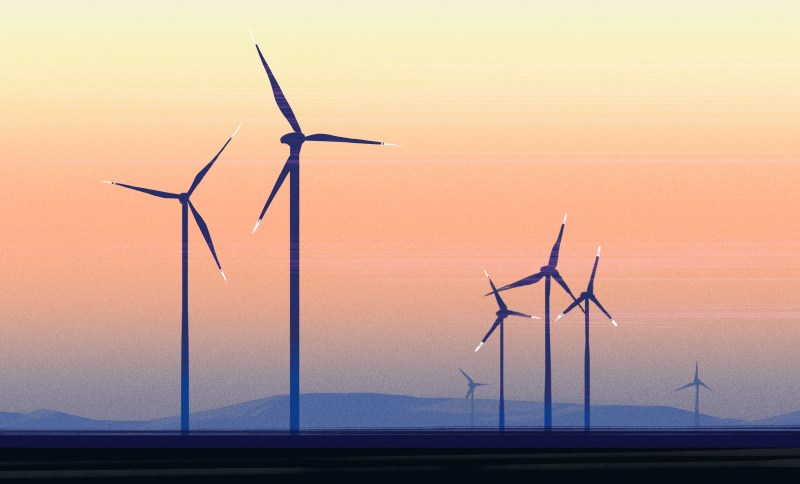
Humanity has been harvesting energy from the wind for centuries. The practice goes back at least to 8th century Persia where the first known historical records of windmills came, but likely extends even further back than that. Compared to the vast history of using wind energy directly to do things like mill grain, pump water, saw wood, or produce fabrics, the production of electricity is still relatively new. Despite that, there are some intriguing ways of using wind to produce electricity. Due to the unpredictable nature of wind from moment to moment, using it to turn a large grid-tied generator is not as straightforward as it might seem. Let’s take a look at four types of wind turbine configurations and how each deal with sudden changes in wind speeds.
Predicting the Future
First, though, it is important to note that wind patterns on the order of a year or more in any particular area are well-known and used for the design of wind farms. Furthermore, wind speed forecasts on shorter timescales like a day or a week are also accurate enough to get a very close estimate of power production capabilities on those timescales, although there is a large public misconception that wind isn’t a reliable source of electricity because it doesn’t always blow. Quite the contrary; extremely accurate predictions of average wind speeds are available hours and days in advance because of how good weather forecasting has gotten in the last few decades, allowing generators like fossil fuel plants to scale down production as more wind generation becomes available with plenty of warning.
Brake For Emergency
Even though long- and short-term wind forecasting is extremely robust, wind gusts are much harder to deal with and remain a challenge for any wind turbine. While it might be easy to think a turbine will simply apply a mechanical brake to slow the rotation when a gust happens, for large turbines this generally not an economically viable solution. It would mean sending technicians up to replace brake pads constantly, not to mention the mechanical stresses on the turbine the constant braking action would cause. While there are also blade pitch systems, also known as aerodynamic brakes, which can turn the blades (or just the blade tips) into or out of the wind in order to stay as close as possible to the turbine’s ideal design rotational speed, these pitch systems are still too slow for some gusts.
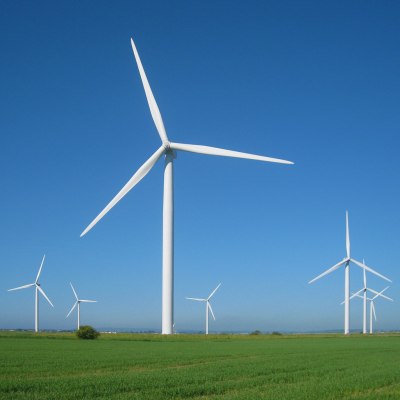
Mechanical brakes are necessary, though. They’re typically only used during an emergency stop when a technician is in physical danger, as a last resort for stopping a major overspeed event if the blade pitch system fails, or for temporarily “parking” the turbine rotor during certain maintenance processes only after the aerodynamic brakes have been applied. Offline turbines, such as those waiting on generator or gearbox replacements, may not use the brake long-term, either, as turbines with blades pitched out of the wind can “pinwheel” for long periods of time even in heavy wind without risk.
Even for maintenance tasks that require stopping the turbine’s rotation completely, they’re typically used only long enough to install a rotor locking mechanism. Instead of using these brakes to control rotational speed during operation, much more clever electrical solutions to the problem of wind gusts have been found that reduce the amount of wasted energy, reduce the amount of maintenance that otherwise would need to be done on the braking systems, and which sometimes can harvest the energy from the gust itself. The first solution is incredibly straightforward.
Type 1 Wind Turbines: Fixed Speed
The type 1 wind turbine, sometimes referred to as a fixed-speed turbine, actually doesn’t concern itself much with dealing with short, transient changes in wind speed. Using the inherent properties of an induction generator solves this problem effortlessly. In this configuration, the output of the generator is connected directly to the grid, and the grid’s inertia keeps it mostly at the correct rotational speed. When a gust arrives, the generator will simply “slip” a little past its synchronous speed, and will then recover back to a normal state after it has absorbed the gust. If the gust is too much, turbines in this category may also employ an electric “brake” which dumps the excess energy into a resistor bank or equivalent device, slowing the turbine slightly.
The benefits of induction machines in this regard are largely simplicity and cost; generally only small (or old) wind turbines use simple induction generators like this now due to their higher electrical losses compared to other generator types. There aren’t just electrical losses to consider, either. The aerodynamic losses of operating at a fixed speed can be significant when a lower or higher rotor speed might otherwise be more efficient. Other noteworthy downsides include the inability to provide reactive power to the grid as well as being extremely sensitive to voltage and frequency variations on the grid, meaning they more easily trip offline for electrical transients.
An example of a Type 1 wind turbine used for bulk energy production was the Zond Z-40, produced in the 1980s. Smaller yet modern turbines for home power production or distributed generation may often fit into this category as well.
Type 2 Wind Turbines: Variable Speed
The type 2 wind turbine, also called a variable-speed turbine, attempts to solve some of these problems. A device called a converter is integrated into the turbine to precisely control the magnetic field within the generator’s rotor. This means that the turbine can change how much slip there is within the generator and, as the name implies, can allow the turbine to operate at a more aerodynamically efficient rotational speed even as average wind speed changes. Not only does this improve the electrical and aerodynamic efficiencies, but by varying the rotor’s magnetic field the turbine can provide or absorb reactive power from the grid.
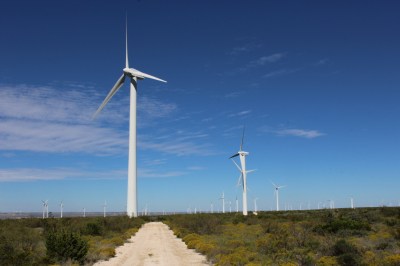
There are some downsides, though, largely with respect to complexity and cost. To control the magnetic field in the rotor a slip ring is required, which can be a maintenance-intensive piece of equipment compared to the type 1 turbines. The converter itself is also an extra maintenance item, and there are some other additional components that add costs as well such as thyristors which help the generator smoothly connect to the grid. The benefits of having rotor control greatly outweigh the small downsides, though, and the type 2 turbine largely replaced the type 1 turbine for large-scale energy production in new wind farms around the late 90s and early 00s.
Type 4 Turbines: Huge Inverters
In order to save the most interesting for last, let’s skip ahead a bit and discuss the Type 4 turbine layout. Type 4 turbines span a wide array of seemingly unrelated machines, but they all have one thing in common: the electrical output from the generator is “fully inverted” meaning that 100% of the generated energy passes through a power electronics system which converts it to grid voltage and frequency. Any wind gusts that come along that aren’t absorbed by the turbine’s pitch system are simply handled by the power electronics. These converters are similar to the converters used in the type 2 machines except that the power electronics systems must be massive to handle the full rated power of each turbine’s generator.
Despite the huge cost and complexity of large power electronics systems, this opens up a huge number of other design options. For example, essentially any generator can be used and operated at any speed. For AC generators this means that the turbine no longer needs control of the rotor’s magnetic field like a type 2 turbine would; even permanent magnet generators can be used in these setups. AC generators can often require two stages of converters though, one to turn the generated AC to DC and another to take the DC and convert it to grid voltage and frequency. However, it’s also possible to skip the first conversion step by using DC generators directly, much like the unique Clipper Liberty turbines did with their four-generator system.
And, speaking of Clipper, a type 4 machine can also allow the gearbox to be eliminated from the design. Some of the largest wind turbines in the world like the Siemens Gamesa direct-drive turbines are examples of turbines with no gearboxes, which are generally (but not always) found in type 4, fully-inverted configurations.
With type 4 turbines, since the energy all passes through an inverter it makes essentially no difference how much or what kind of electrical energy is produced. Essentially the only downside of the type 4 machine is the huge cost of the power electronics, which brings us to perhaps the most elegant solution to this problem.
Type 3: Doubly-Fed Induction Generators
Combining all of the perks of the type 2 machine with some of the perks from a type 4, we come at last to the doubly-fed induction generator, also known as a DFIG (pronounced “dee-fig”). It gets this name because, unlike the type 2, both the stator and rotor are capable of sending energy to the grid. During startup or during periods of low wind speed, called “sub-synchronous speed”, the rotor converter draws power from the grid to drive the magnetic field on the rotor. However, above the generator’s natural synchronous speed, called “super-synchronous speed”, the process reverses and the rotor is able to generate energy instead, sending it back through the converter to the grid. At all points in the turbine’s operation, though, the magnetic field of the rotor is meticulously controlled to keep the generator at the ideal rotational speed.
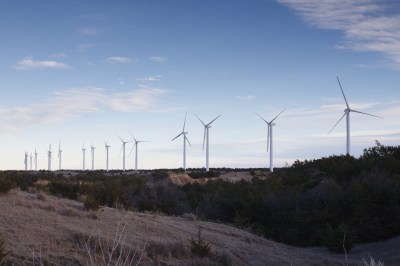
Not only does this allow for control over the generator’s power factor (meaning that DFIG turbines can provide or consume reactive power and support the grid like a type 2 turbine) and allows for much more robust ride-through of low voltage events on the grid, this also means that a much smaller converter is needed since only the rotor’s power has to be sent through the power electronics. Unlike a type 4 machine where 100% of the power goes through a massive inverter, a DFIG’s stator is connected directly to the grid, and only the rotor uses a converter, meaning that around two thirds of the turbine’s energy passes directly to the grid. The cost savings are significant and the only major downsides are slightly increased complexity in the control systems and the maintenance associated with a slip ring.
The DFIG offers an elegant solution to many problems with wind turbine design, although like other types of turbines handling wind gusts is only part of the story for why a particular configuration might be used. It’s not a technology seen often outside of the wind industry, either, since precise control over a generator is generally not needed when the input speeds are more constant than wind allows. But DFIGs do see some use in pumped storage facilities where the flow through the hydroelectric generators isn’t constant, and they can also be used like a synchronous condenser to provide voltage and frequency support to local or isolated power grids.

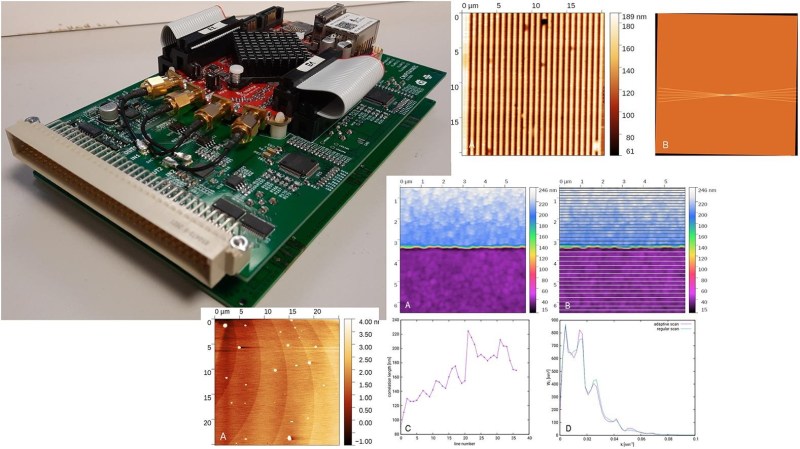
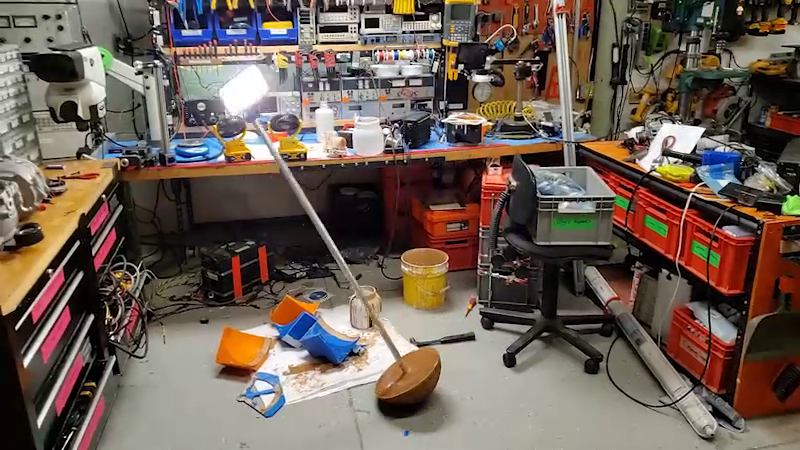



0 Commentaires